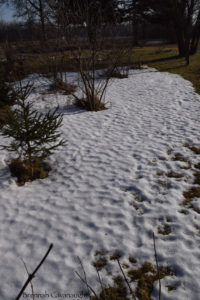We had a couple of freezing rain storms over the past week, which provided me with a rich source of photography opportunities. Here are a few of my favorites.
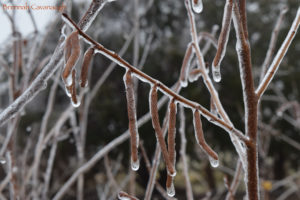


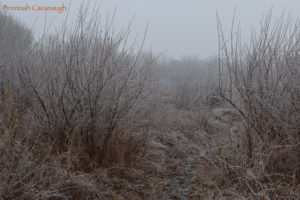

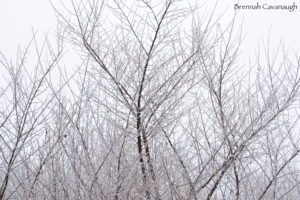
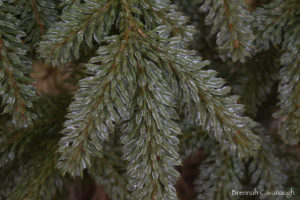
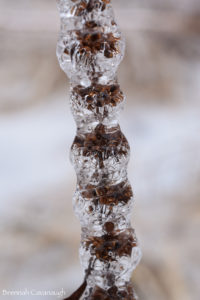
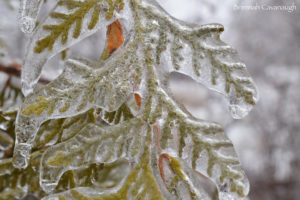
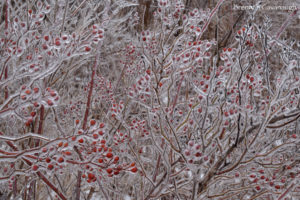
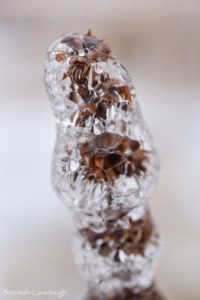
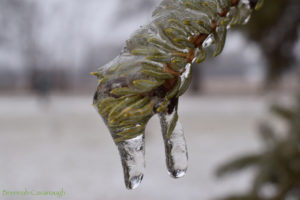


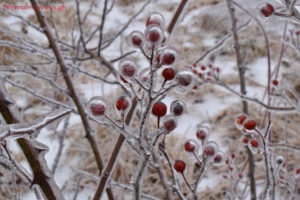
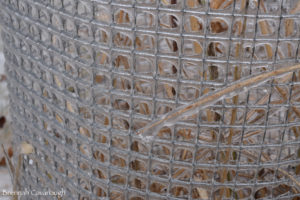
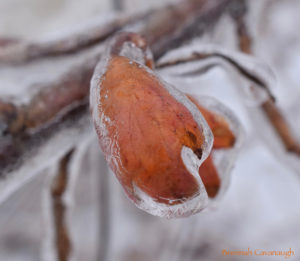
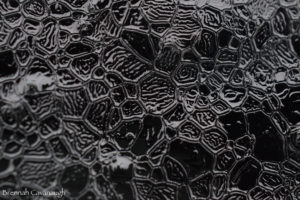

We had a couple of freezing rain storms over the past week, which provided me with a rich source of photography opportunities. Here are a few of my favorites.




















In winter, both the colder weather and the warmer weather have their benefits. The cold keeps things dormant that should be dormant, and helps to reset parasite populations for my bees (and also, the dog loves it). The warmer weather is easier on the chickens, and makes it easy to grow greens in the winter. In general, though, I tend to hope for most of the winter to be fairly cold, because that is what plants and animals of this area are accustomed to and able to handle. It is still possible to grow vegetables in the winter when it is quite cold. And the chickens do all right with fairly cold temperatures when they are well cared for.
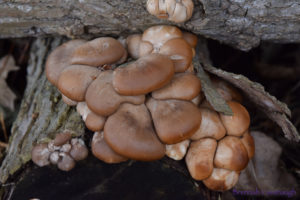

The kind of weather we have been having lately, though, is not beneficial to anything. The temperature rose about seventy degrees in the span of a few days, highlighting the extreme fluctuations that we’ve been having. Earlier this winter I had noticed that some plants were trying to leaf out, and then getting frozen. And now the dog and the cats are shedding as though it is spring, and there are mushrooms growing from the mushroom logs (I don’t know quite as much about mushrooms, but the mushrooms look a bit stunted, so I’m pretty sure frigid weather is not optimal). Everything seems a bit confused right now, unsure what to make of the weather. Though not as visible, honey bees are also prone to this kind of confusion. They may start raising brood, or raise more than they can keep warm at low temperatures that they were not expecting. If the temperatures drop really quickly they may have difficulty getting into their winter cluster in time. Other animals (like chickens) can get acclimated to temperatures that aren’t optimal for them over time, but the constant change keeps them from getting acclimated.
